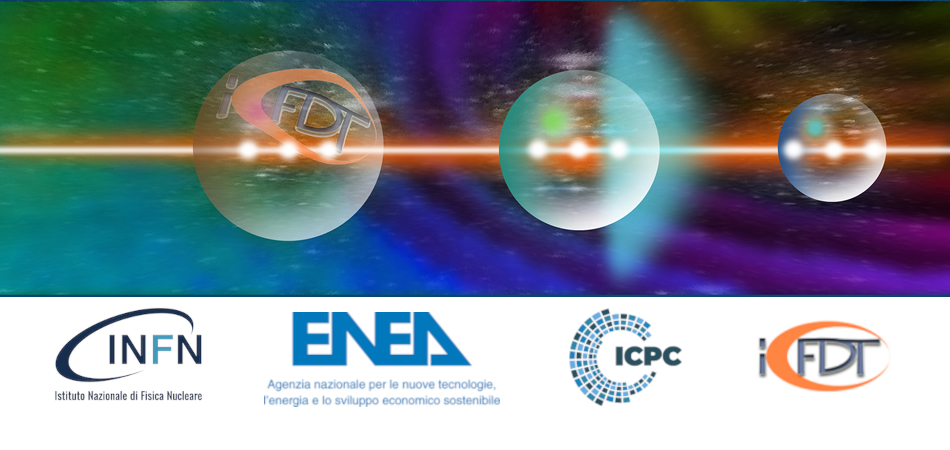Speaker
Description
Ionizing radiation has been used globally for decades across various fields, including industry, medicine, food, agriculture, and environmental science, as well as in space and nuclear applications. One notable use is in Cultural Heritage (CH) preservation, where gamma rays, X-rays and electrons can be successfully used to disinfect and disinfest historical materials (e.g., paper, parchment, wood, stone) from harmful organisms like insects, fungi, bacteria, and molds.
Radiation treatment offers significant advantages over traditional preservation techniques: it leaves no toxic chemicals or residues, avoids temperature increases, and effectively eliminates harmful microorganisms, including fungal spores. Specifically, gamma radiation also provides the possibility to process a large number of objects in a short time [1]. Despite these benefits, some CH professionals remain resistant to ionizing radiation due to concerns about potential physical-chemical modifications (secondary effects) of the materials.
To address these concerns, extensive research has been conducted at the Calliope $^{60}$Co gamma irradiation facility (ENEA Casaccia R.C., Rome, Italy [2]). Studies using techniques such as infrared spectroscopy, Electron Spin Resonance spectroscopy, colorimetric analysis and polymerization degree evaluation have been performed with the aim of optimizing irradiation parameters (e.g., absorbed dose, dose rate) to minimize unwanted secondary effects [3-7] while ensuring effective disinfection of cellulose-based substrates.
Ongoing research includes studying radiation-induced modifications over time and comparing the changes induced by different radiation sources on paper samples. Preliminary results from the PERGAMO Project, funded by the Centre of Excellence of the Cultural Technological District of Lazio Region, will be presented as an example of the first application of gamma radiation for preservation purposes in Italy.
References
[1] Uses of Ionizing Radiation for Tangible Cultural Heritage Conservation, IAEA Radiation Technology Series 9, 2017.
[2] S. Baccaro, A. Cemmi, I. Di Sarcina, G. Ferrara, Gamma irradiation Calliope facility at ENEA – Casaccia Research Centre (Rome, Italy), ENEA Technical Report, 2019, RT/2019/4/ENEA, ISSN/0393-3016.
[3] S. Baccaro, A. Cemmi, Radiation activities and application of ionizing radiation on Cultural Heritage at ENEA Calliope gamma facility (Casaccia R.C., Rome, Italy), Nukleonika 62, 2017, pp.261-267, DOI: 10.1515/nuka-2017-0038.
[4] A. Lepore, S. Baccaro, C. Casieri, A. Cemmi, F. De Luca, Role of ageing mechanism of paper, Chem Phys. Letters, 531, 2012, 206-209; DOI: 10.1016/j.cplett.2012.01.083.
[5] S. Baccaro, M. Carewska, C. Casieri, A. Cemmi, A. Lepore, Structural modifications and interaction with moisture in γ –irradiated pure cellulose by thermal analysis and infrared spectroscopy, Polym. Degrad. Stab., 98, 2013, 2005-2010, DOI: 10.1016/j.polymdegradstab.2013.07.011
[6] A. Cemmi, I. Di Sarcina, G. Ferrara, Cultural heritage preservation and conservation of archived materials: gamma radiation processing and characterization at the Calliope facility (Casaccia R. C., Rome, Italy), 2020, Technical Report RT/2020/1/ENEA.
[7] A. Cemmi, I. Di Sarcina, B. D’Orsi, Gamma radiation-induced effects on paper irradiated at absorbed doses common for cultural heritage preservation, Rad. Phys. Chem., 202, 2022,110462, DOI: 10.1016/j.radphyschem.2022.110452

